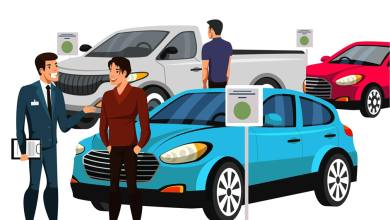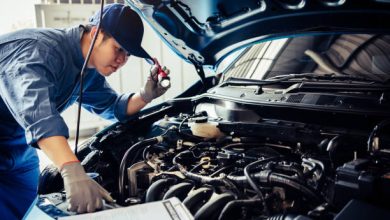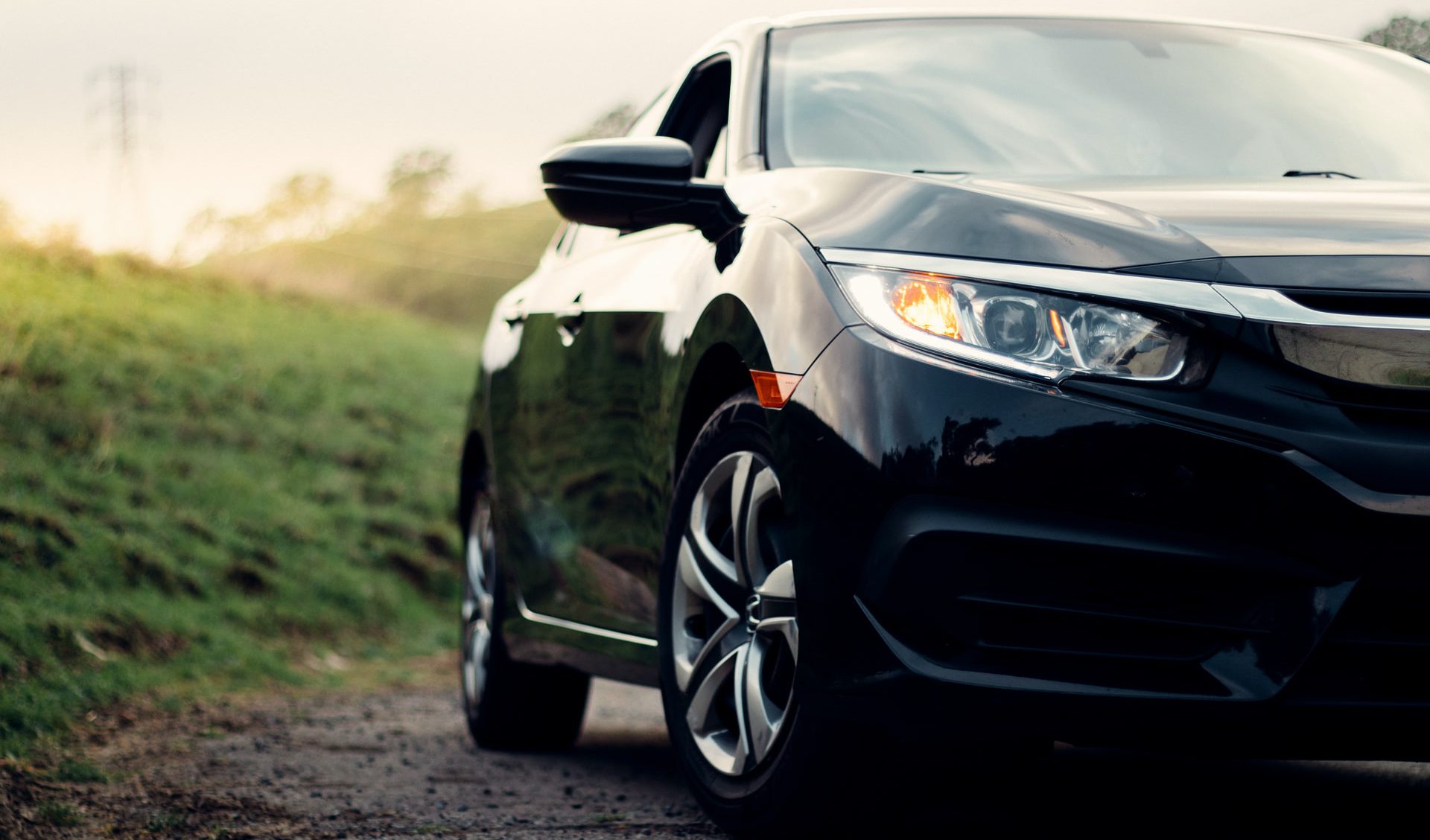What happens to a scrapped car?
Saying goodbye to a potential scrapped car? A typical day at the scrapyard includes traipsing past the giant piles of scrap metal and seeing all the sad cars, before handing over the keys to claim your PARF/COE rebate.
But don’t start to feel extra morose thinking about your faithful vehicle which dutifully served you for the past few years. A scrapped car actually goes through a pretty thorough process before it’s actually compacted. What exactly happens during the scrapped car process? Here’s a hint, only 5% of your car is actually trashed! So what happens to the remaining 95%?
Read more: How to scrap your car in Singapore
De-pollution
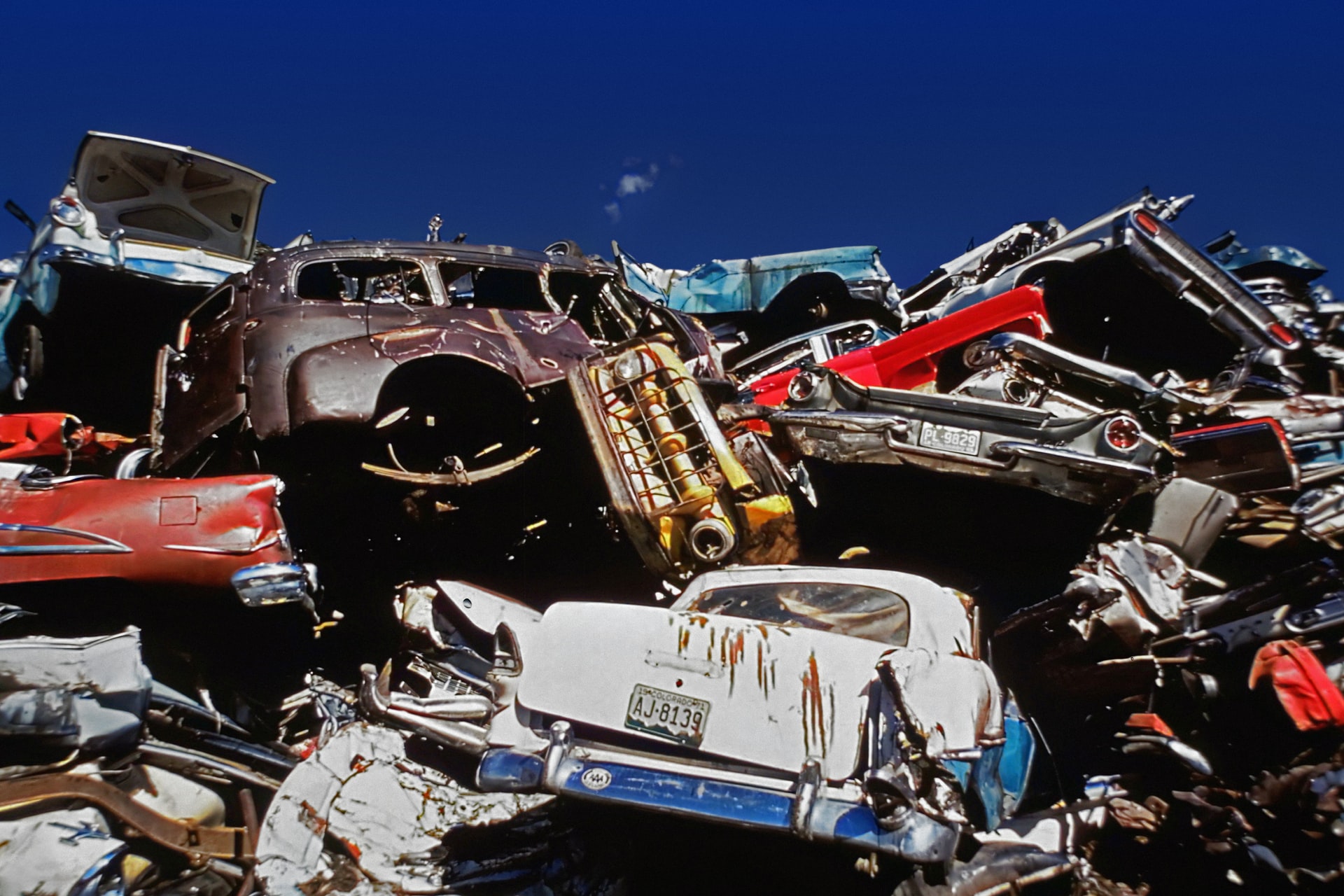
This is the first step to scrapping your car, and rightfully so! It ensures the safety of the staff and environment throughout the process. So what exactly is de-pollution? It refers to the process of removing hazardous materials as they can easily pollute the environment. Some hazardous waste a car has includes the lead-acid battery, the liquid petroleum gas tank, oils, fluids, liquids, oil filter and switches containing mercury.
As most cars in scrapyards are older or in poorer condition, the last thing a scrapyard wants is to have it combusting into flames before having the chance to search for recyclable parts!
Car fluids will also be drained and disposed of, or be sold to licensed waste oil recyclers. After doing so, the car will then be safe to inventory for parts, crushed and recycled.
Dismantling
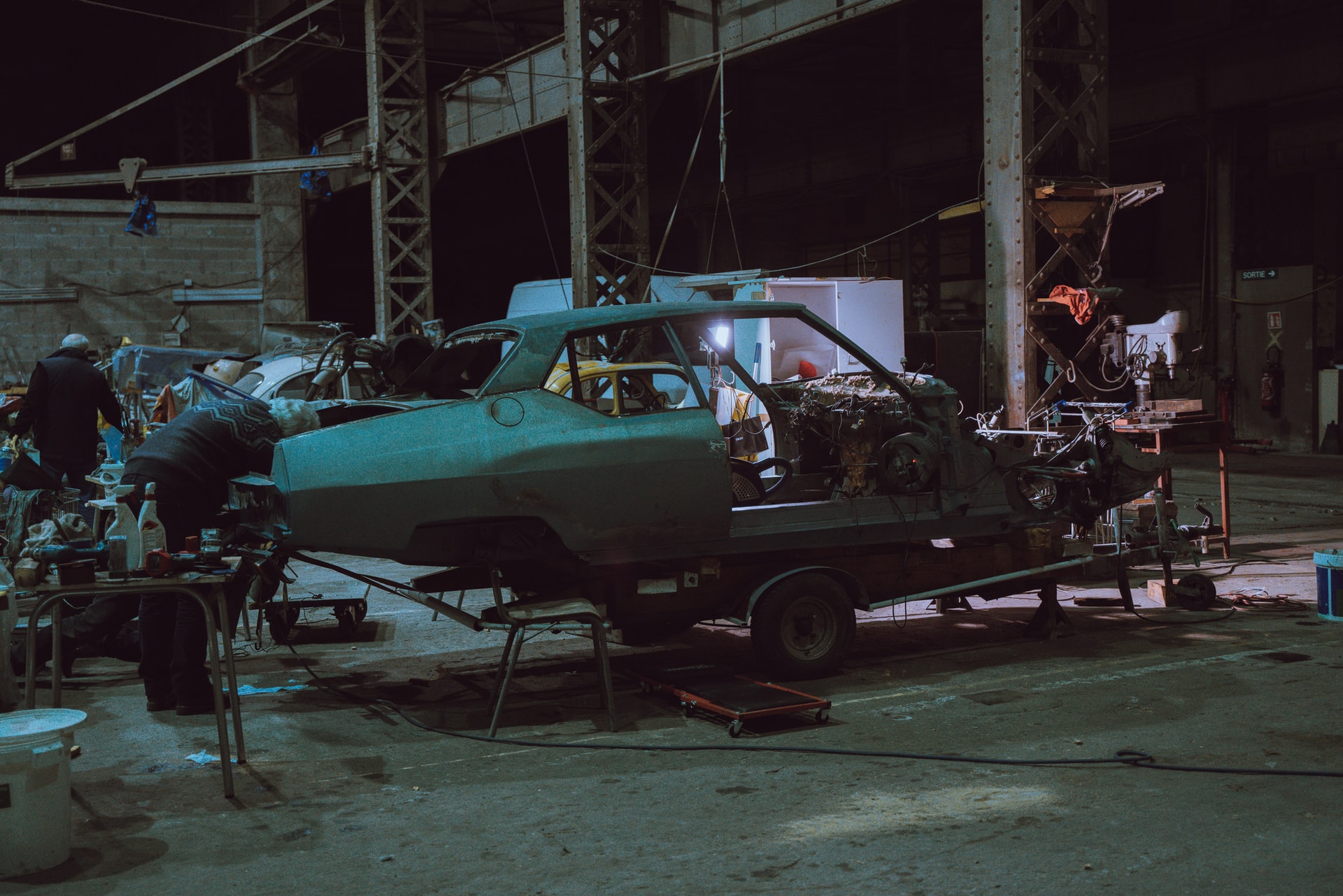
Here, parts that can be repurposed in their current condition are removed and resold to car repair shops or even car enthusiasts! Some of the more valuable parts include the engine, transmission systems and catalytic converters. Even the car seats can be resold!
Parts are either resold in Singapore or overseas to countries such as Africa and Latin America for a second life.
Some scrap yards resell parts to the general public and car repair shops. So keep a lookout for these heavily discounted second-hand parts.
Recycling car parts and accessories
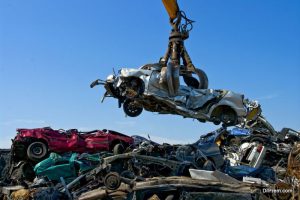
After removing reusable parts, it’s now time to remove the recyclable components!
Tyres, according to NEA guidelines, are to be processed into rubber chips. This means tyres are recycled and repurposed into playground flooring. Metals in tyres are extracted for further recycling.
Surprisingly, plastics from car dashboards can also be recycled now! The process starts from being crushed in a compactor which turns plastic car parts into plastic pellets. They can be used as raw materials for plastic production.
As for metal parts such as the car body, they are pounded and flattened to be easily transported to metal mills for recycling.
If that’s not enough, here’s a list of parts that can be recycled!
Used motor parts: metal, aluminium, cast iron, copper
Dry waste products: rubber, plastic
Liquid waste products: machine lubricant oil, low-class chemicals
Disposal
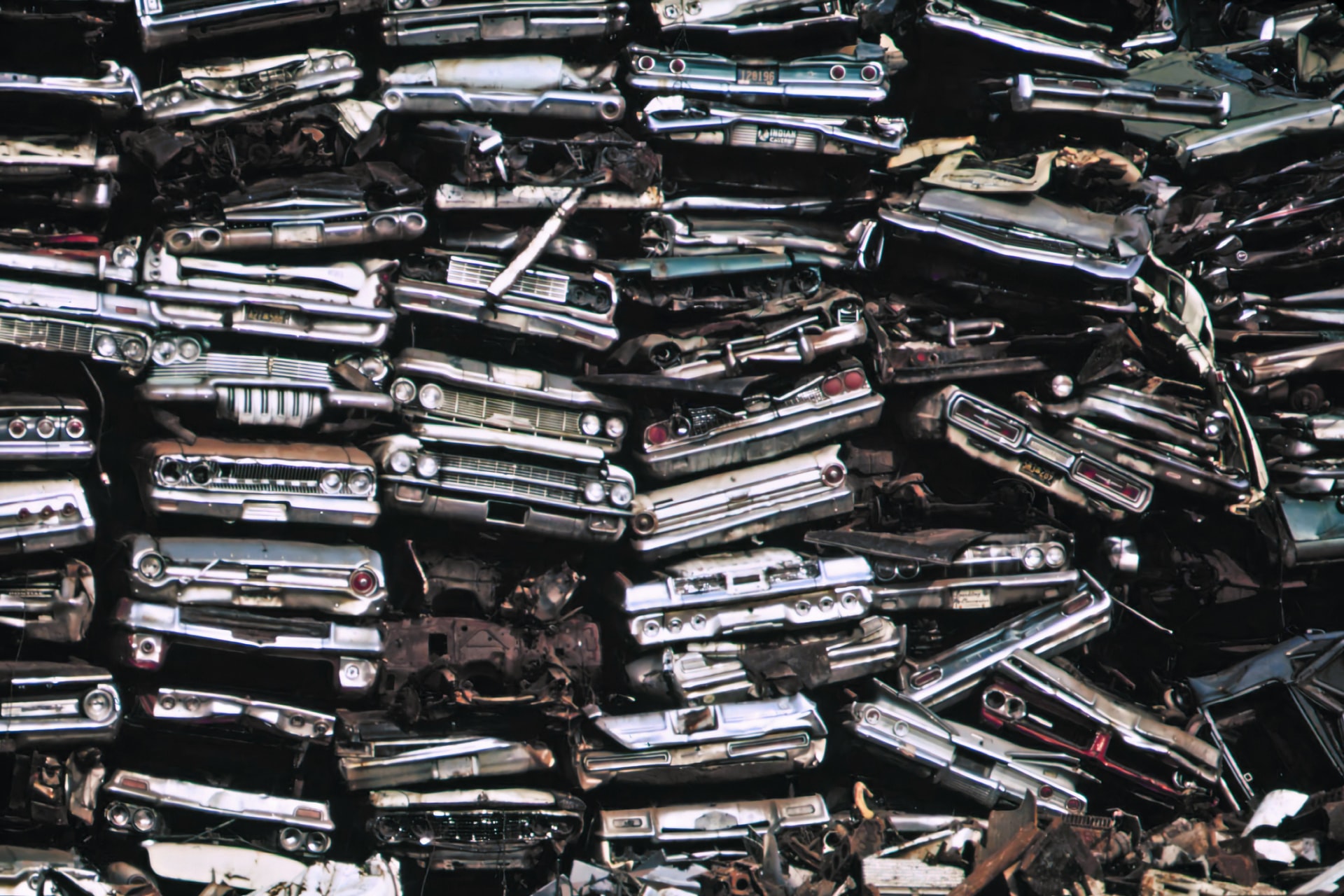
Finally, the remaining parts are shredded, crushed and melted down. Massive pressure is exerted which compacts them into evenly sized squares!
Want to know more about how you should dispose of your car? Check out our quick guide here!


